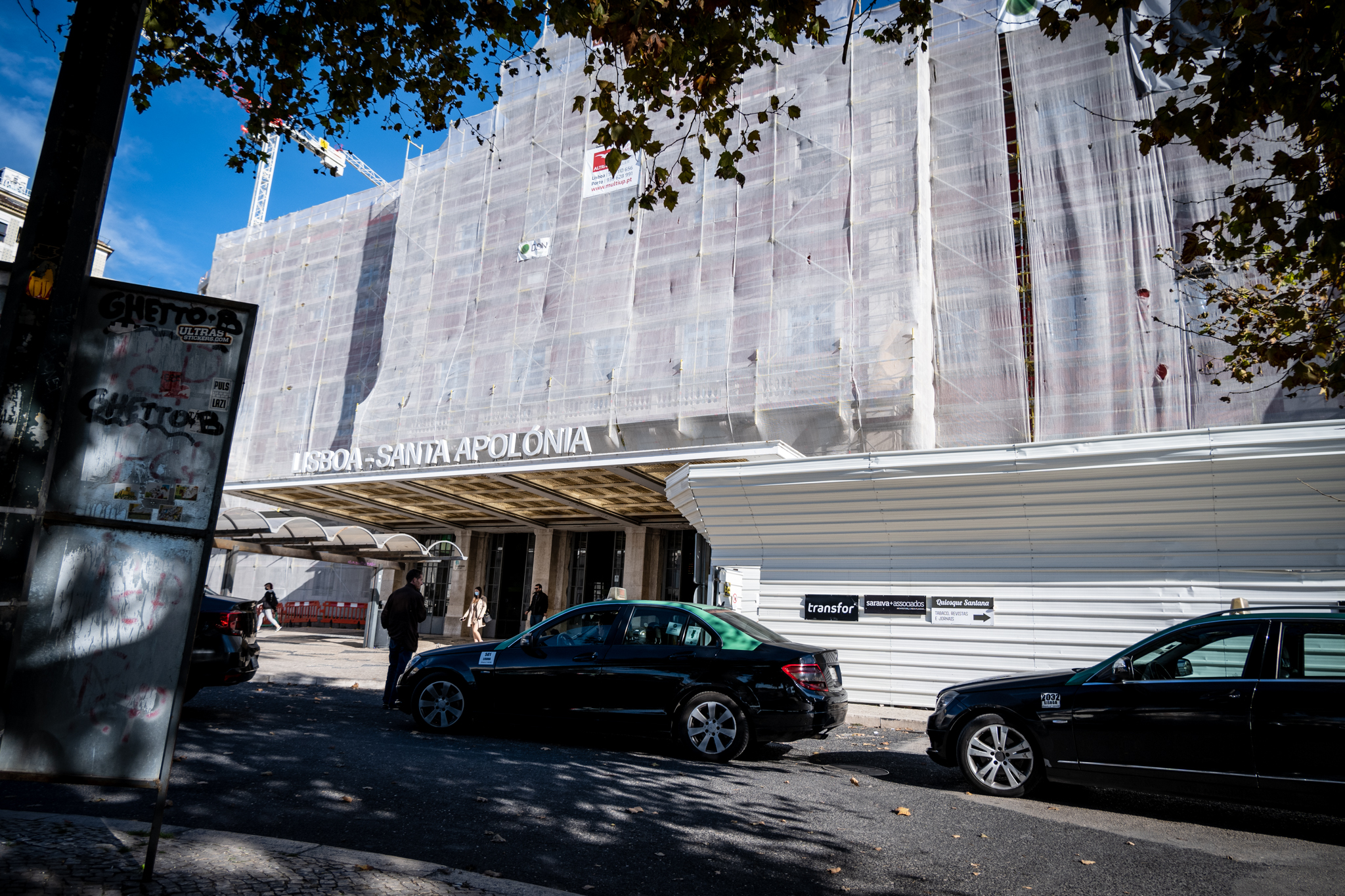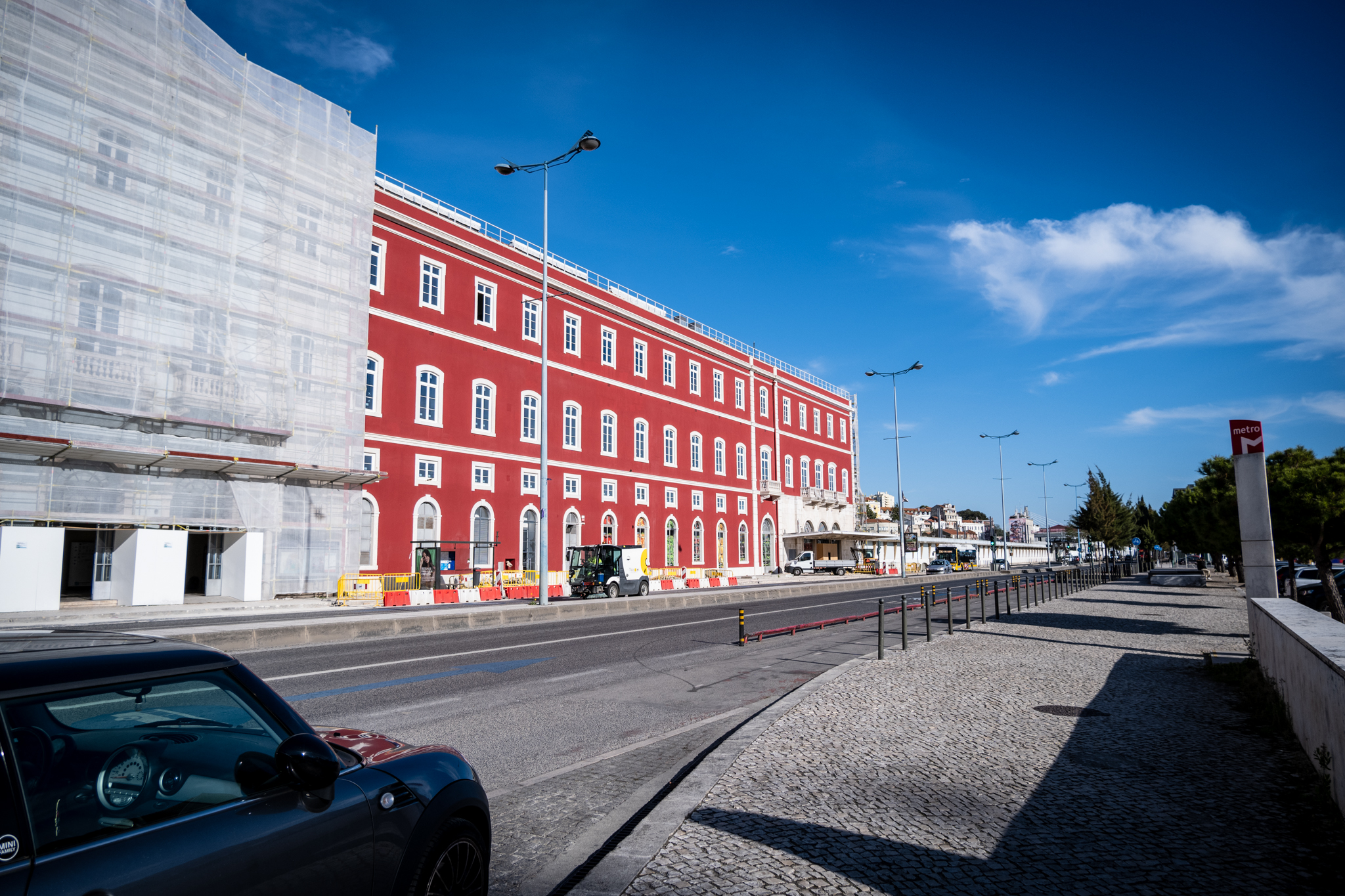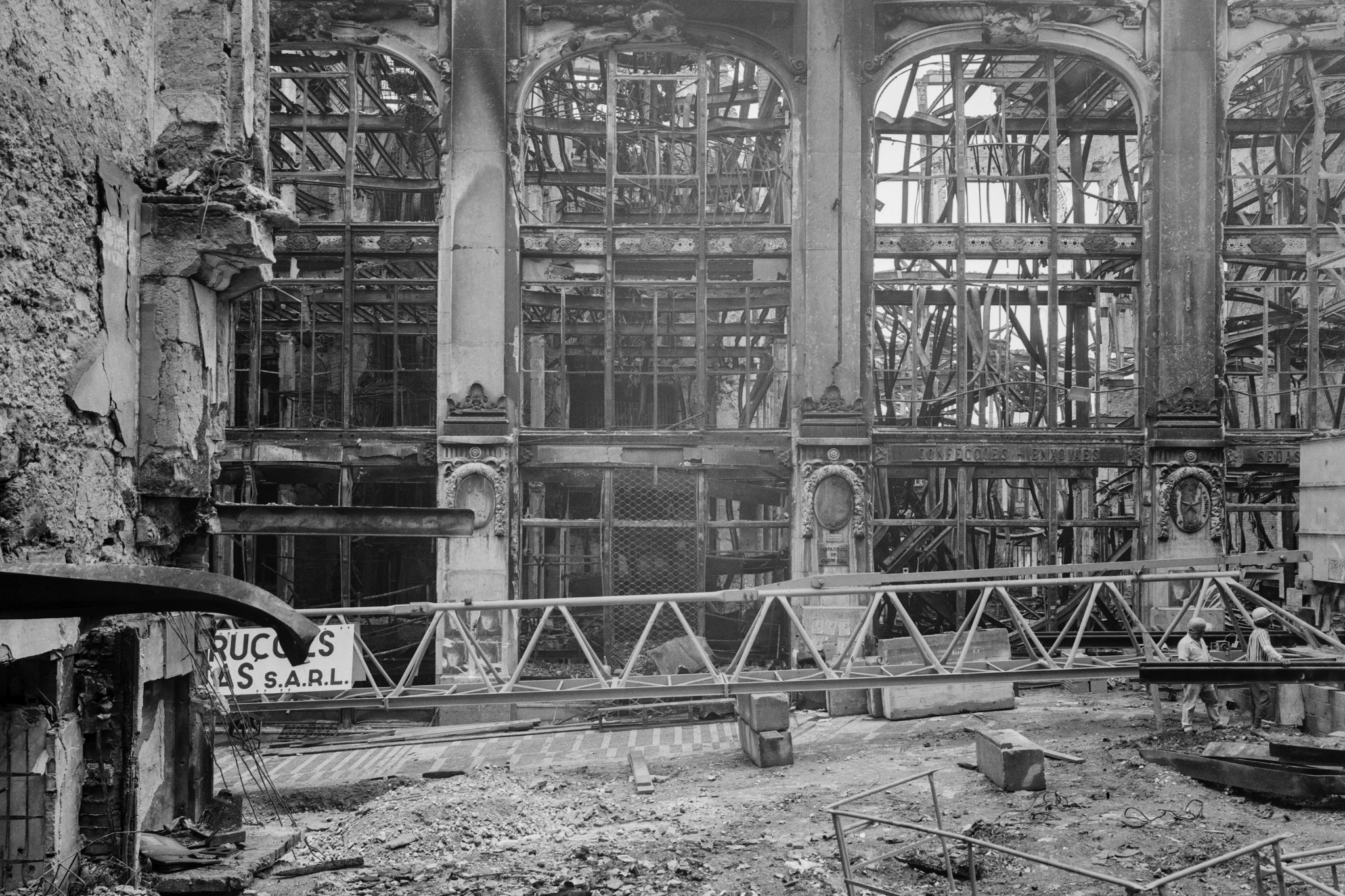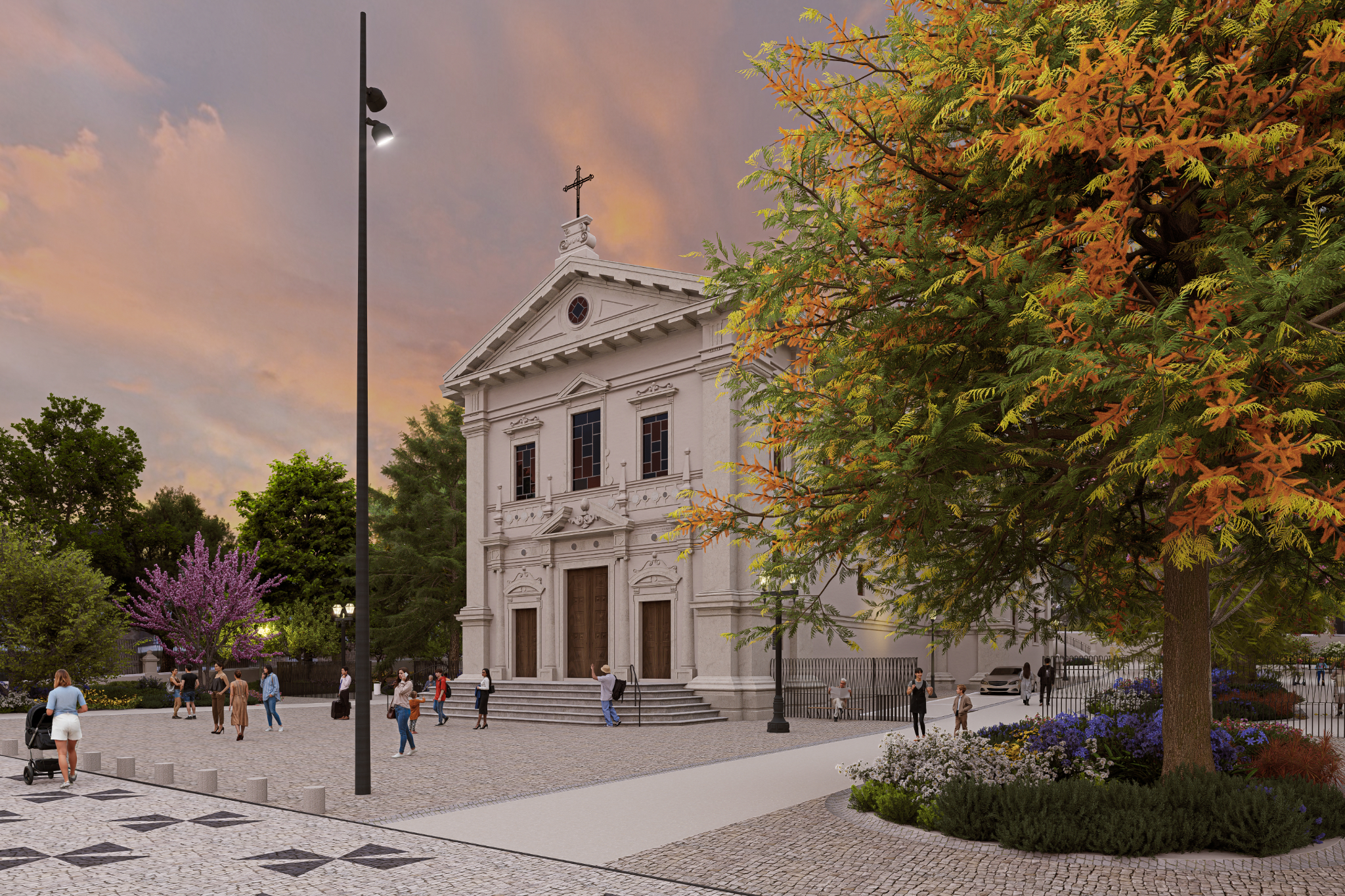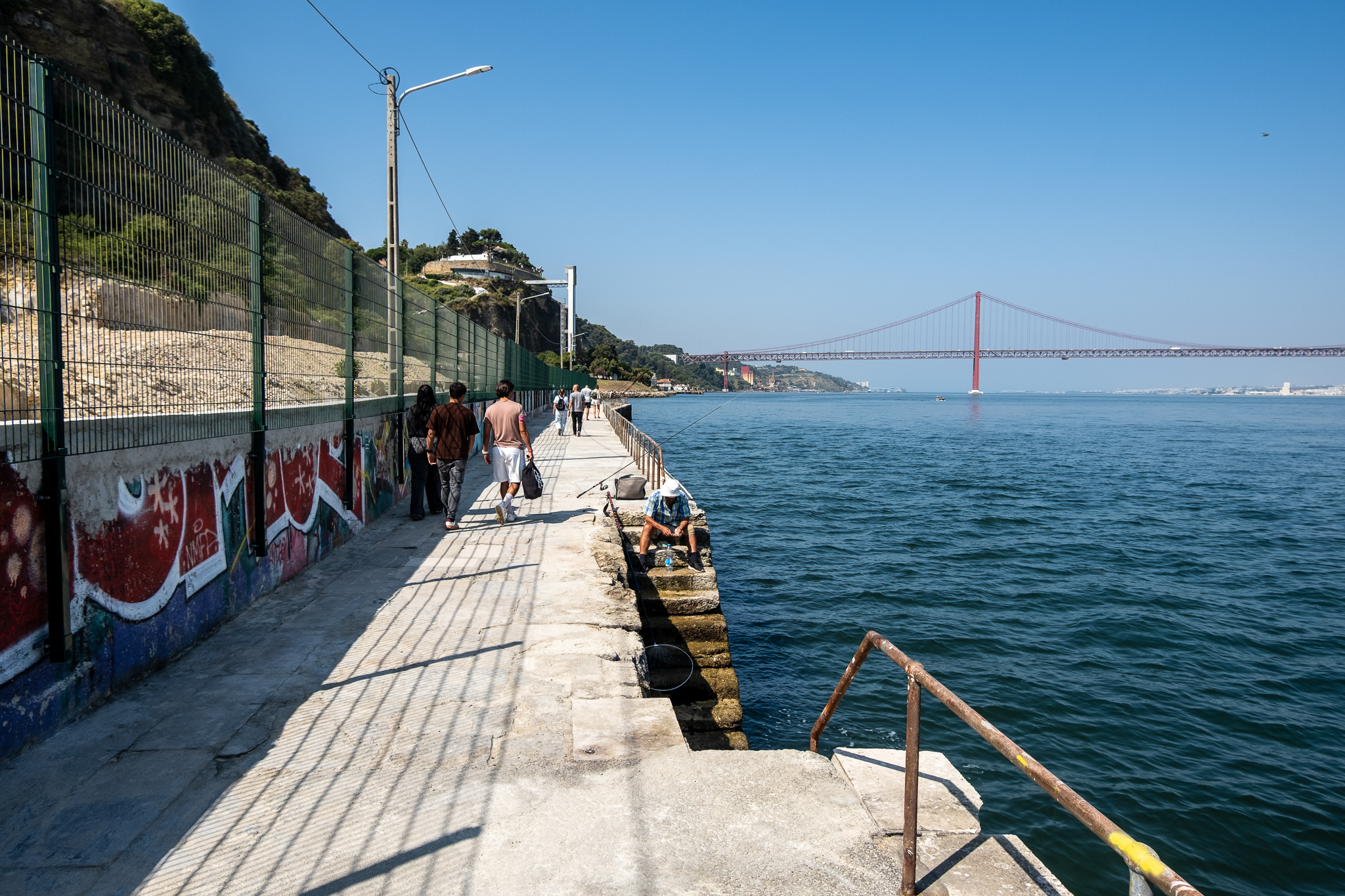With a new color, Santa Apolónia will have a hotel and a university residence in the same building where the train station will continue to operate.
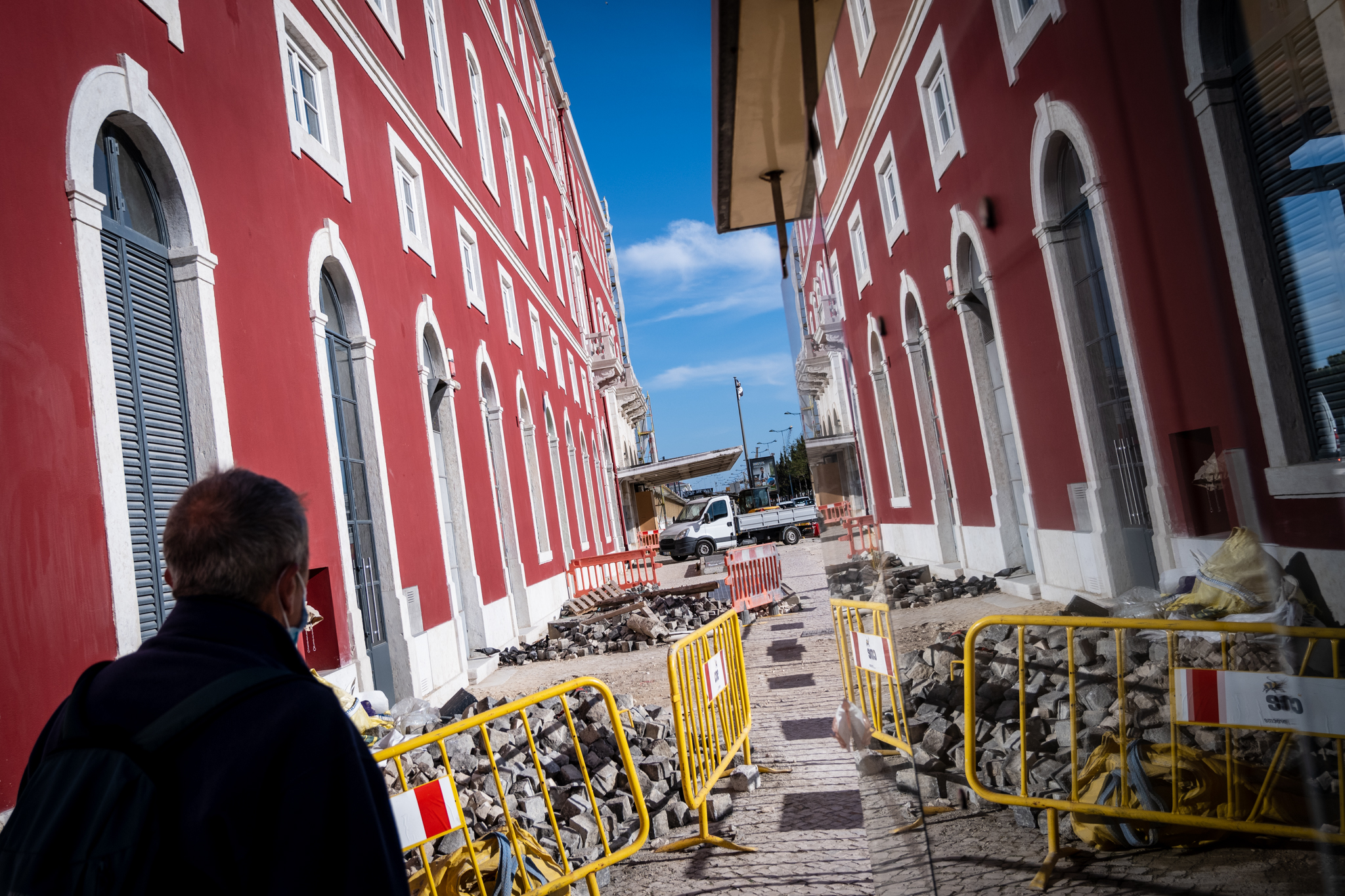
A hotel, a university residence and, in the same, a train station. O future of Santa Apolónia rail terminalThe project, which is the departure and arrival point for several long-distance, suburban and regional trains, involves diversifying the uses of the building and also a new color: red wineThis replaces the current sky blue color.
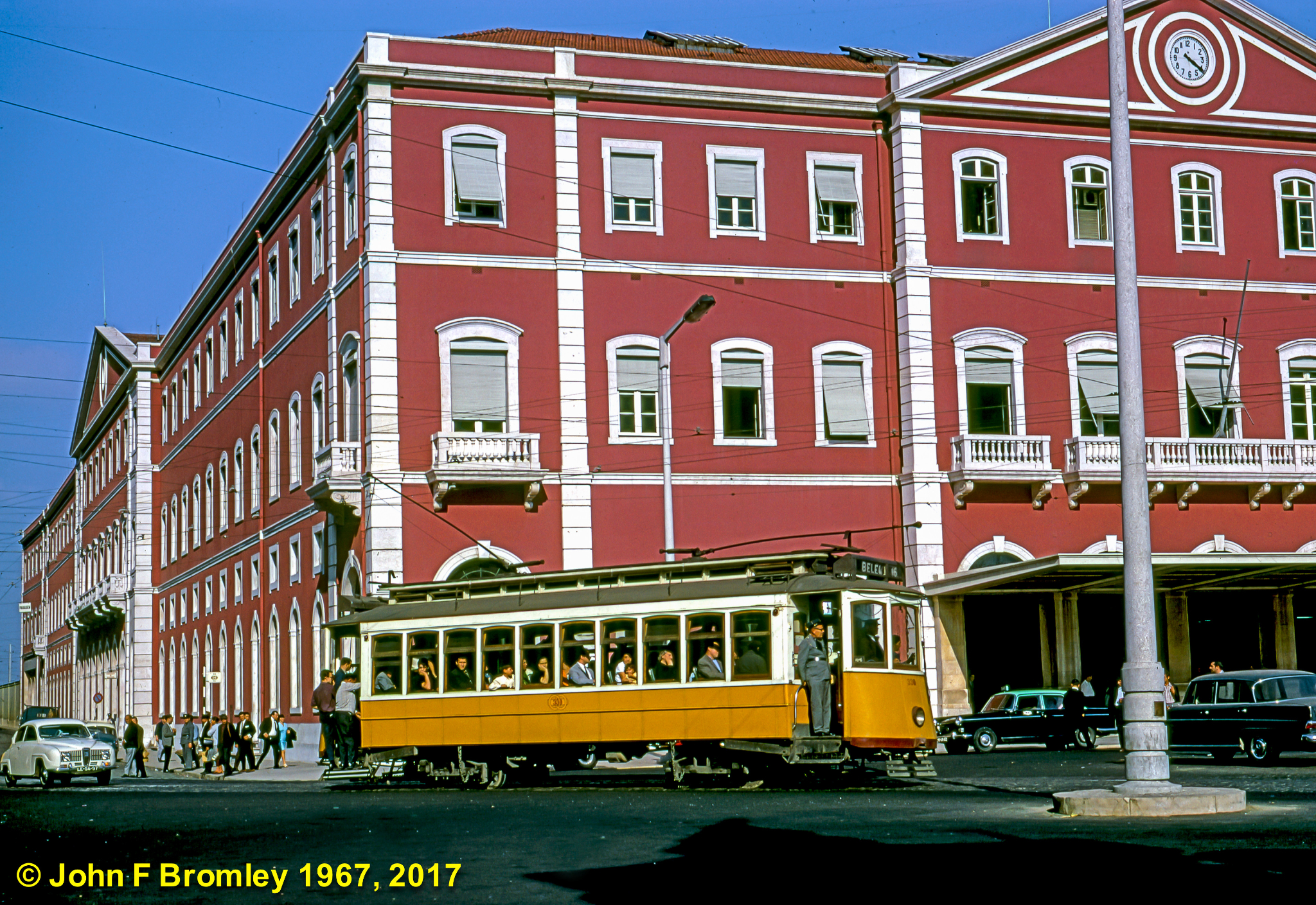
Red, which is now returning to Santa Apolónia, had already been the color of the station since at least 1967, as evidenced by the photograph by John F. Bromley, dated that year, which we reproduce here. The blue we have recently become accustomed to was only painted in the 1990s.
The ghost of closure
Originally planned as a railway and river station, due to its proximity to the Tagus, Santa Apolónia ended up serving only as a train terminal. It was inaugurated in 1865, but the first trains stopped at Santa Apolónia in 1856 at a temporary station, built as part of the first stretch of railroad in Portugal, between Lisbon and Carregado. With the opening of Rossio station in 1891, Santa Apolónia, where the first ever train journey in Portugal began, lost much of its prominence as long-distance passengers started to get off at this new stop, more central in the city.
In the 1950s, Santa Apolónia once again hosted long-distance services, and the station underwent expansion works to accommodate longer trains. With the inauguration of Gare do Oriente in 1998, Santa Apolónia moved back into the background, although today long-distance trains continue to stop in the city center, where the Linha do Oeste or Linha da Azambuja also terminate. However, with rail traffic now distributed throughout Oriente and other areas of the city, with greater population density and greater centrality, such as Entrecampos, there was even some thought of closing Santa Apolónia railway station for good..

This idea was defended in 2008 by the then Mayor of Lisbon, António CostaHe was enthusiastic about the prospect of high-speed rail to the Orient. Costa has suggested to José Sócrates' government that Santa Apolónia should now serve the Santa Apolónia cruise terminal (which in 2017 would have a new building.), and that the land allocated to the station was sold for urban development projects, with the proceeds of these deals going towards the financial reorganization of the then REFER - Rede Ferroviária Nacional, a public company now part of IP - Infraestruturas de Portugal.
Portugal's high-speed rail projects were eventually put on hold (are now back on track for 2030), but in 2017, under the presidency of Fernando Medina in the Lisbon City Council, the councilor for urbanism, Manuel Salgado, once again advocated the end of Santa ApolóniaThis time to replace it with a garden. Salgado argued that the Santa Apolónia station was better used for "park and wash the trains"It was noted that a large proportion of long-haul passengers disembarked in Oriente and that the center of Lisbon had migrated from Baixa to the Entrecampos area, for example. The Councillor said he was thinking about "in the long run" and seeing a "huge potential" in the area occupied by the station, wanting to create a green space there that would connect the valleys of Santo António and Chelas to the river and proposing at the same time to transfer the port activity from Santa Apolónia to Barreiro.

Santa Apolónia remains... with new uses
The closure of Santa Apolónia seems to have been ruled out, but the ghost will remain, despite the fact that the new country strategy aim to get the train to the city center. On the right/east wing a hotel, on the left/west wing a student residence. For 35 years, areas of the station that are not essential to the provision of the rail service will be sub-concessioned to private parties by the owner IP - Infraestruturas de Portugal.
The hotel started construction in July 2020 expected to be ready last summer, but the works ended up being delayed. With a total area of 9,000 square meters, the new four-star hotel will have 125 rooms and is the result of an investment of around 12 million; o The architectural project was prepared by Saraiva+Associados.by architect Miguel Saraiva.
The hotel's promoter is the Sonaethrough its company The House Ribeira, which won the public tender ending in early 2019. It should be noted that Santa Apolónia will not be the only railway station in the country with a hotel unit inside - the iconic São Bento station, in the center of Porto, has housed a hostel since the summer of 2017.
The student residence will result from the adaptation of the west wing of the station and have a total area of 4.8 thousand square meters, translating into at least 173 beds. The creation of a student residence in Santa Apolónia is the result of a collaboration between IP, the University Institute of Lisbon and the New University of Lisbon; o public tender The bid to find a sub-concessionaire for the space was launched at the beginning of August and ended at the end of October, with the winner still to be found and announced. The winner, as the future promoter, will be responsible for the construction and management of the new residence, as well as the completion of the works on the station façade that began with the installation of the hotel - thus, with the intervention of the private sector, Santa Apolónia station will be completely requalified.
According to Carlos Fernandes, vice-president of Infraestruturas de Portugal (IP), quoted by TSFIn addition, the design and licensing for the university residence is expected to be completed in 2022 and construction is estimated for 2023; "if all goes well", o space could open between the end of this year and the beginning of 2024. IP intends to establish university residences near other railway stations, one near the Sintra Line, another near the Carcavelos station (Oeiras) and one in Pragal, Almada.
